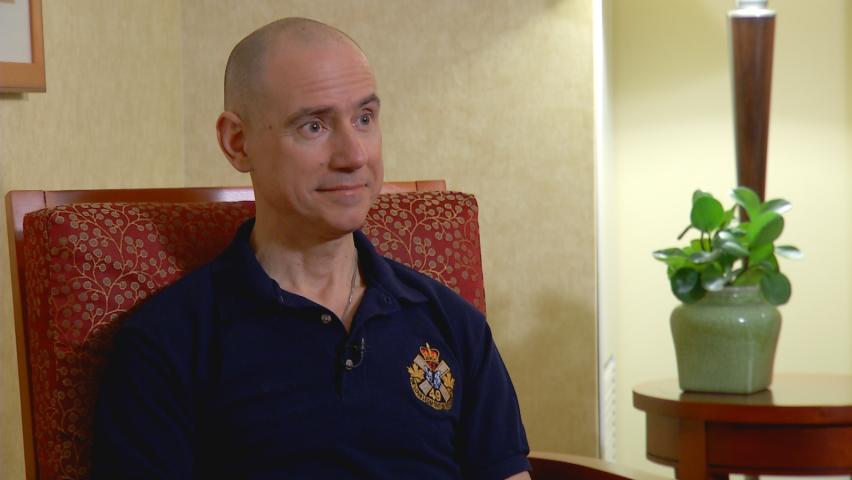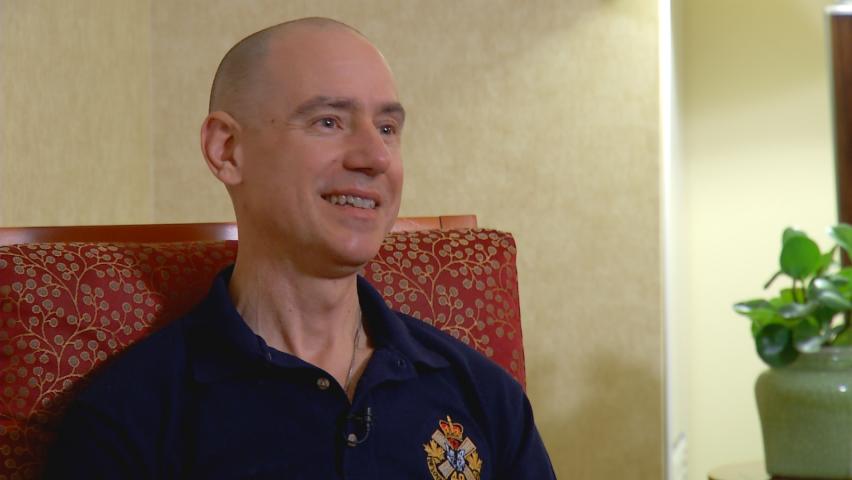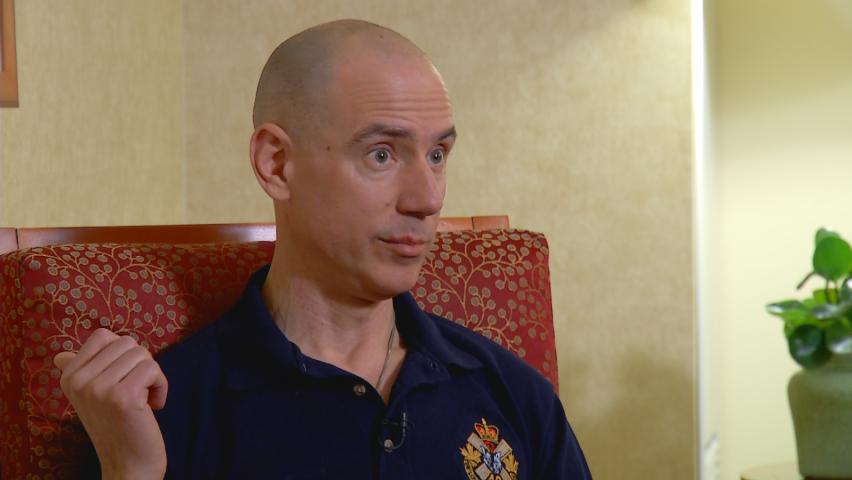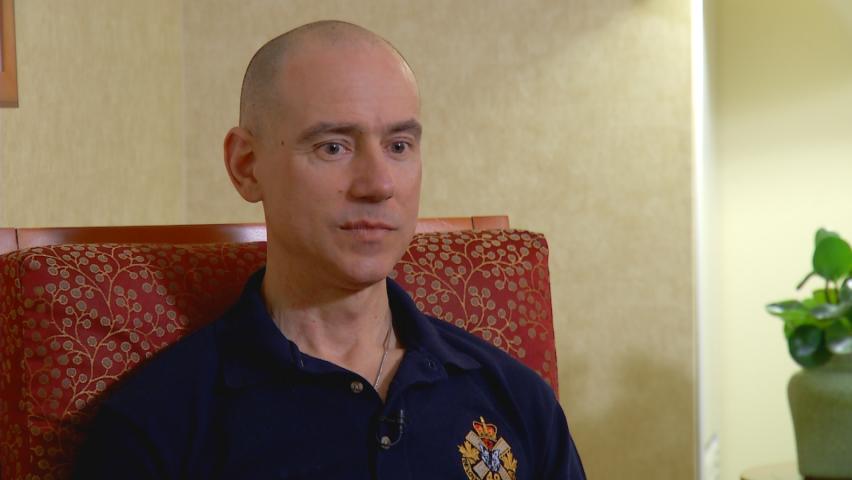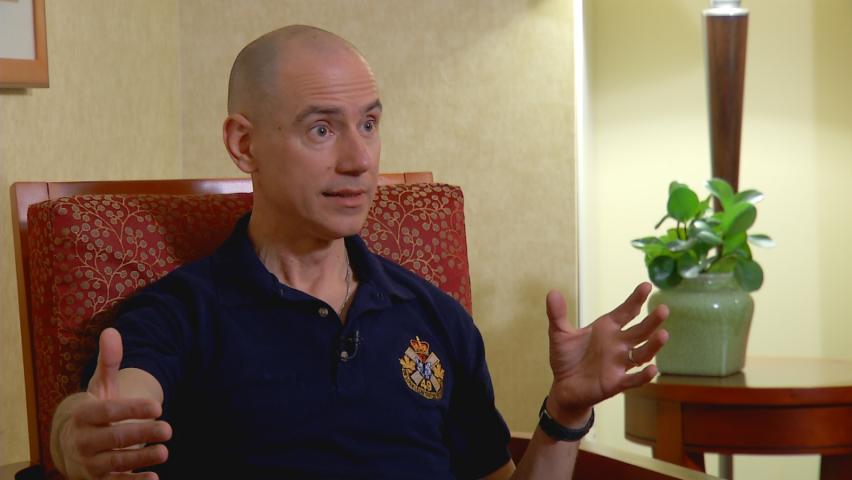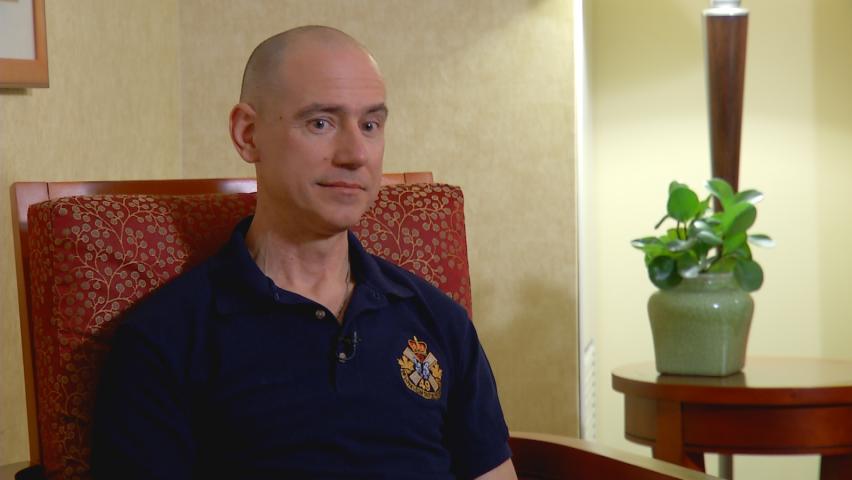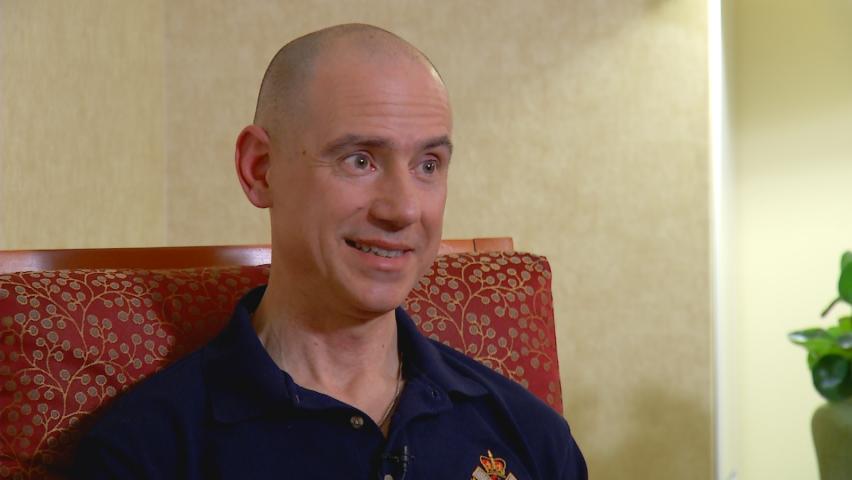Aware of Rules of Engagement on Duty
Heroes Remember
Aware of Rules of Engagement on Duty
Transcript
Description
With a bit of flexibility regarding rules of engagement, Mr. Moroz explains the importance of knowing the rules and appropriate action to be taken in respect to the duties of the day.
Vincent Moroz
Mr. Vincent Moroz was born November 12, 1965 in Spirit River, Alberta. In his early 20’s he worked as a prison guard in hopes of pursuing a career with the military police. This not working out, later on in life, at the age of 30 he re-joined the Reserve unit with the 49th Battalion, the Loyal Edmonton Regiment and within this role accepted a deployment to Afghanistan in 2006. Holding rank of section commander, Mr. Moroz held various responsibilities mainly in the convoy escort duty and providing support to Canadian battle groups. Being part of the Canadian Delegation commemorating the 100th anniversary of the Battle of Vimy Ridge holds a great sense of pride and honour for his service as well as the sacrifice made by all our Canadian Veterans. Mr. Moroz resides in Spirit River, Alberta with his wife and family.
Meta Data
- Medium:
- Video
- Owner:
- Veterans Affairs Canada
- Recorded:
- April 3, 2017
- Duration:
- 2:14
- Person Interviewed:
- Vincent Moroz
- War, Conflict or Mission:
- Canadian Armed Forces
- Battle/Campaign:
- Afghanistan
- Branch:
- Canadian Armed Forces
- Units/Ship:
- Reserves Infantry
- Rank:
- Section Commander
Related Videos
- Date modified:



